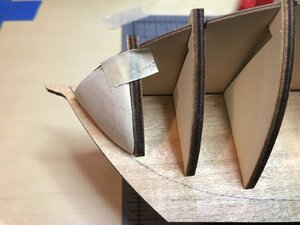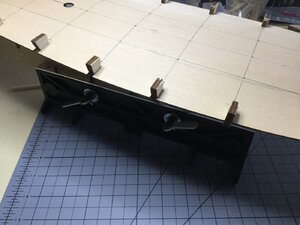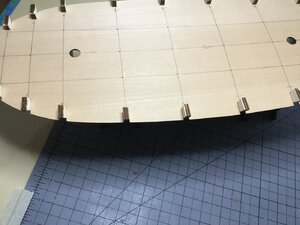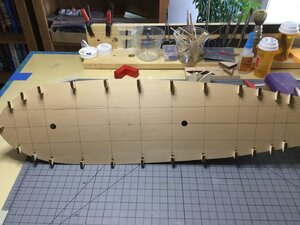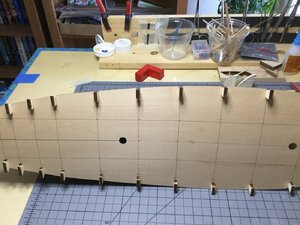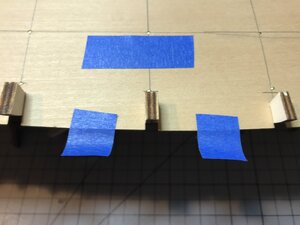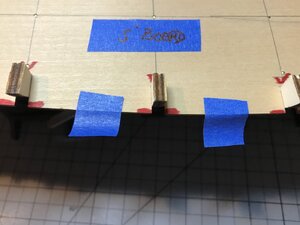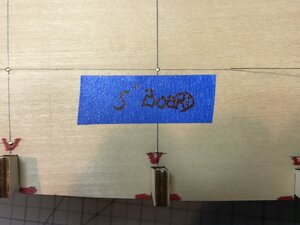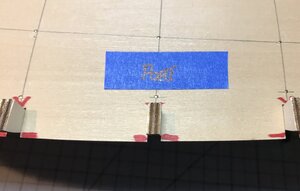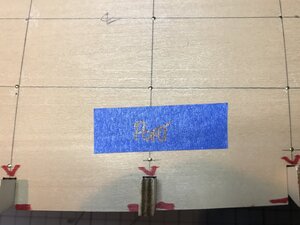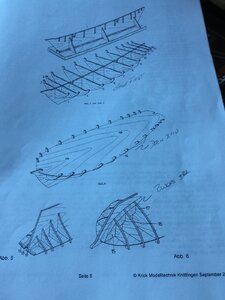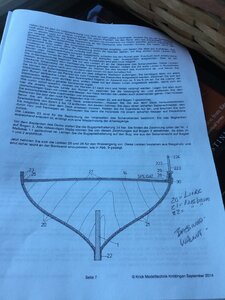I have used small angled sanders with rotating bands that have a angled point to get almost into corners.
Yours looks like it will work well, at least until the sandpaper wears thin, then pull and replace I guess.
I have those little sanders, but find the bands aren't wide enough to cover the area I'm trying to sand. I've got quite an assortment of sanding blocks made the same way. As the sandpaper wears out I pull it off and replace it with a new piece. The glue stick works great for that, sometimes I have to sand and rough up the old surface to get a proper glue seal between the sandpaper and the sanding block.
Jan



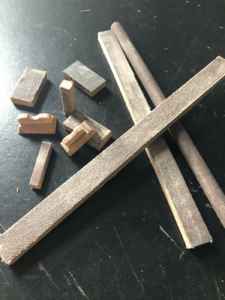
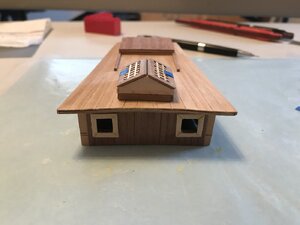
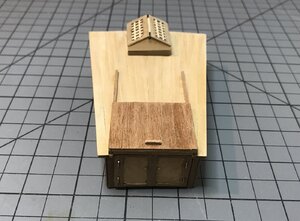
 Well done!
Well done!